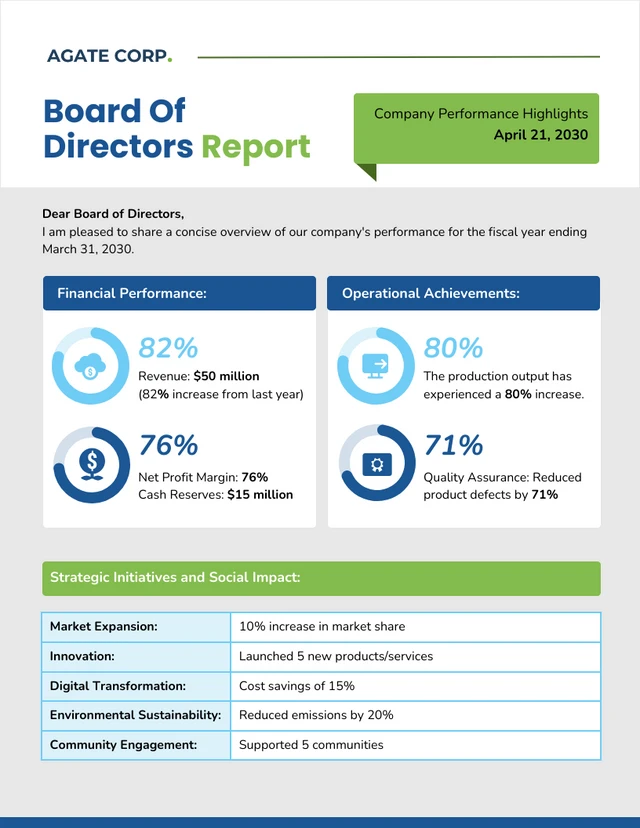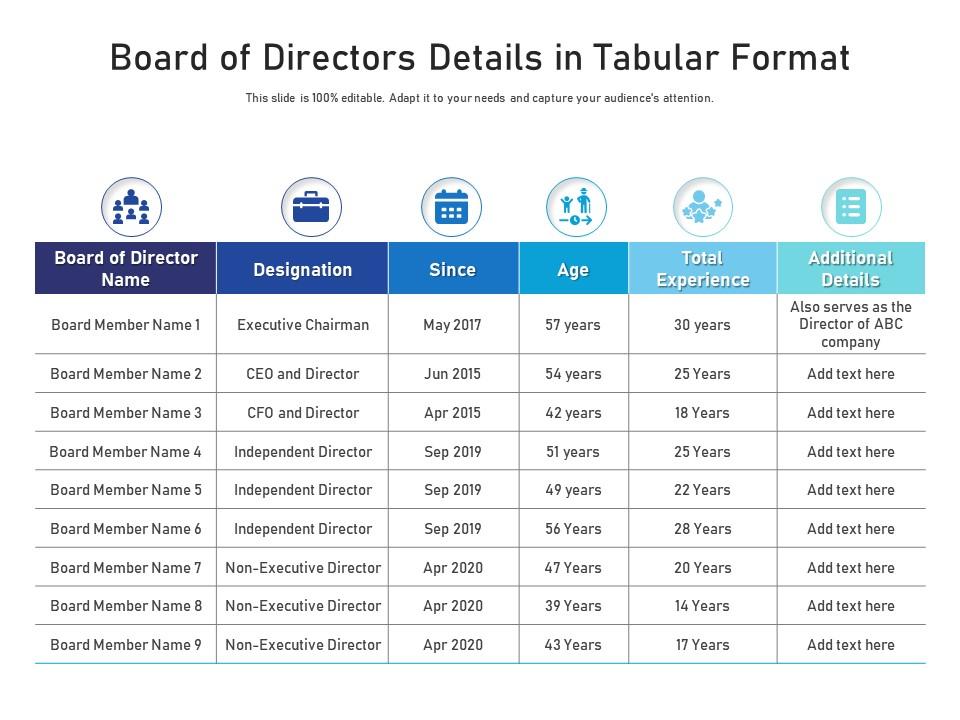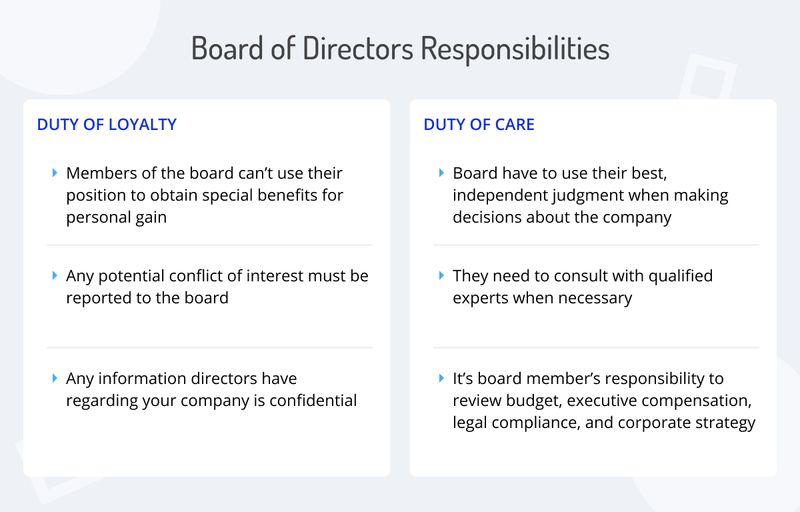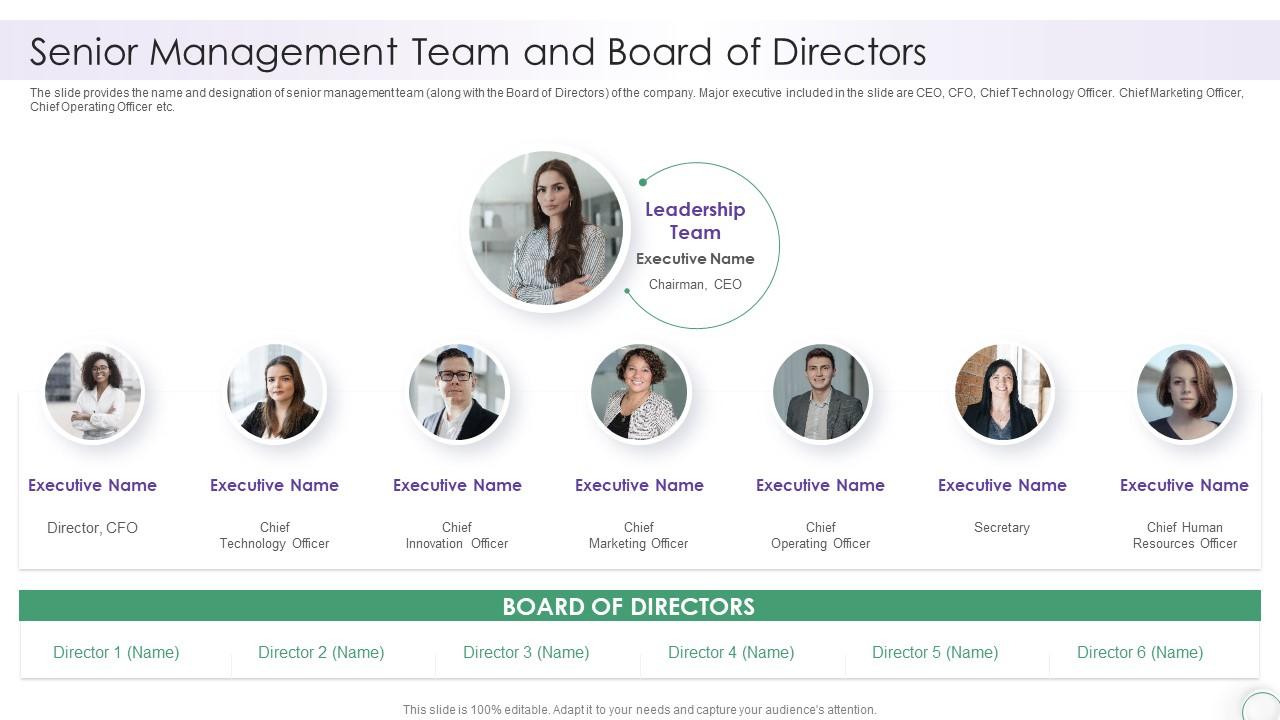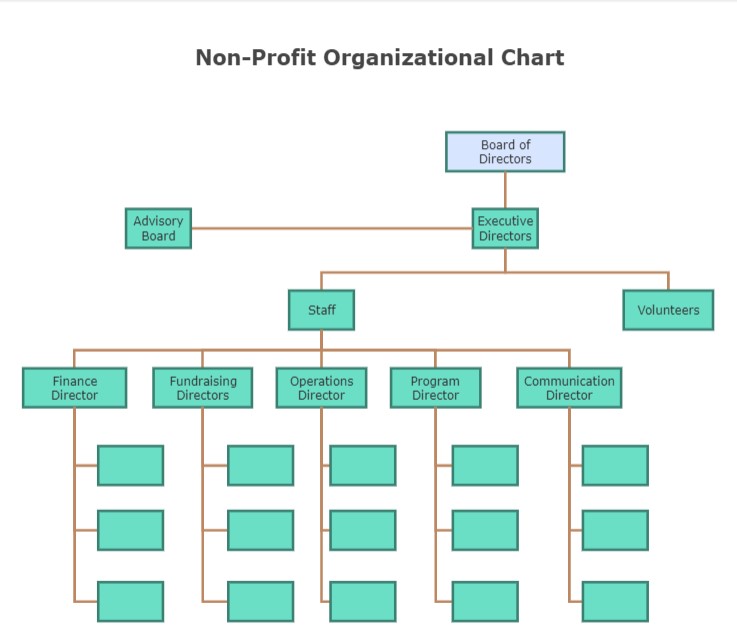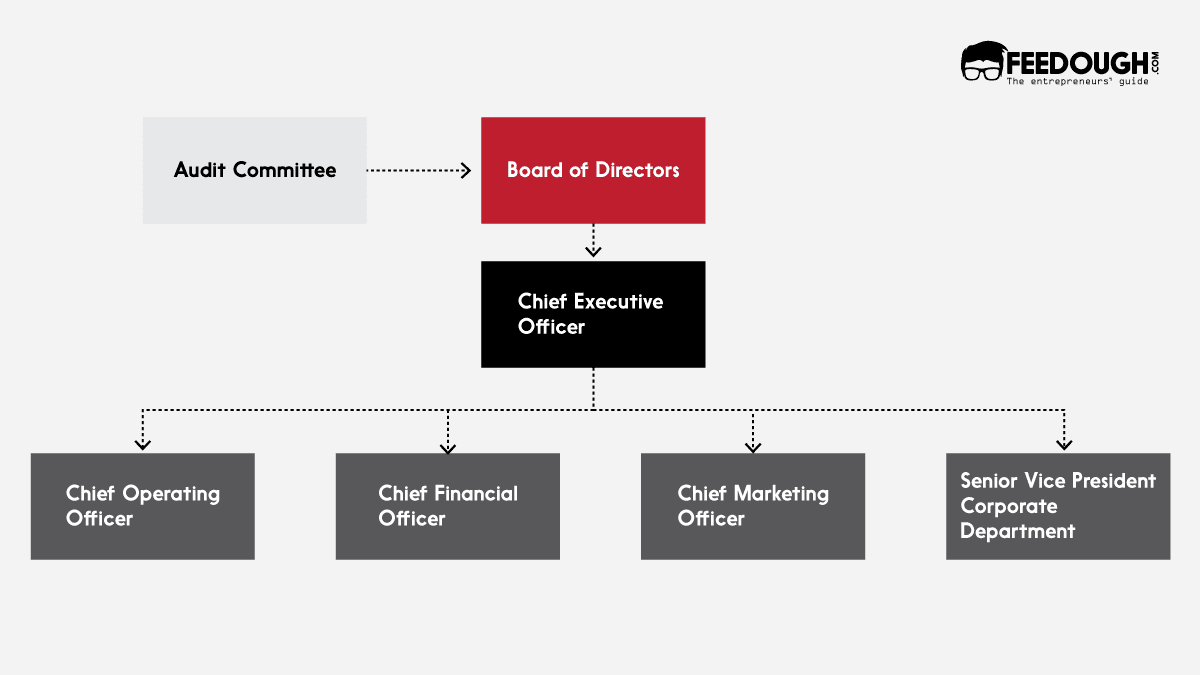Which Employee Typically Reports Directly To A Board Of Directors

Breaking now: Confusion reigns in corporate governance as scrutiny intensifies on reporting structures. The question gripping boardrooms: who directly reports to the Board of Directors?
This article cuts through the complexity, pinpointing the executive typically obligated to provide the Board with unfiltered insight. We're delivering clarity amidst growing calls for transparency and accountability in the wake of recent corporate scandals.
The Obvious Answer: The CEO
Generally, the Chief Executive Officer (CEO) is the primary direct report to the Board of Directors. They are the linchpin between the Board's strategic vision and the company's operational execution.
The CEO is responsible for informing the Board about the overall health and performance of the organization. They provide updates on financial results, strategic initiatives, and risk management.
Beyond the CEO: The Gray Areas
However, the picture isn't always that clear-cut. Other executives may also have reporting lines directly to the Board, depending on the company's structure and specific circumstances.
The Chief Financial Officer (CFO)
The CFO, particularly in publicly traded companies, often has a direct line to the Board's audit committee. This ensures financial transparency and independent oversight.
Their responsibility includes presenting financial statements, explaining variances, and answering questions regarding the company's financial health.
The Chief Legal Officer (CLO) or General Counsel
The CLO or General Counsel frequently reports directly to the Board on matters of legal compliance and risk. This is crucial for addressing potential liabilities and ensuring ethical conduct.
They are responsible for advising the Board on legal issues, overseeing litigation, and ensuring compliance with relevant laws and regulations.
The Chief Compliance Officer (CCO)
In highly regulated industries, the CCO may also report directly to the Board. This independent reporting line helps to ensure that compliance programs are effective and that potential violations are promptly addressed.
Their role is to monitor compliance, investigate potential violations, and recommend corrective actions.
The "Why" Behind Direct Reporting
The practice of having certain executives report directly to the Board is driven by the need for independent oversight. It ensures that the Board receives unbiased information and can effectively fulfill its governance responsibilities.
This structure helps to mitigate risks, improve transparency, and promote accountability within the organization.
Variations Based on Company Structure
The specific reporting structure can vary significantly based on the size, industry, and governance practices of the company. Smaller companies might have fewer direct reports to the Board.
Larger, more complex organizations may have multiple executives reporting directly to various Board committees.
According to a recent study by Deloitte, approximately 85% of publicly traded companies have the CEO reporting directly to the Board.
Recent Developments and Scrutiny
Recent corporate scandals have placed increased scrutiny on Board oversight and reporting structures. Investors and regulators are demanding greater transparency and accountability from corporate leaders.
There is a growing trend towards strengthening Board independence and ensuring that executives can report concerns without fear of retaliation.
Ongoing Developments: The Push for Transparency
Expect increased pressure on companies to disclose their Board reporting structures. Stakeholders want to understand who is responsible for providing the Board with critical information.
Further regulatory changes are possible, aimed at strengthening Board oversight and ensuring that executives have independent channels for reporting concerns.
Companies should proactively review their reporting structures to ensure they are aligned with best practices and meet the evolving expectations of stakeholders. This includes clearly defining roles, responsibilities, and reporting lines to the Board.
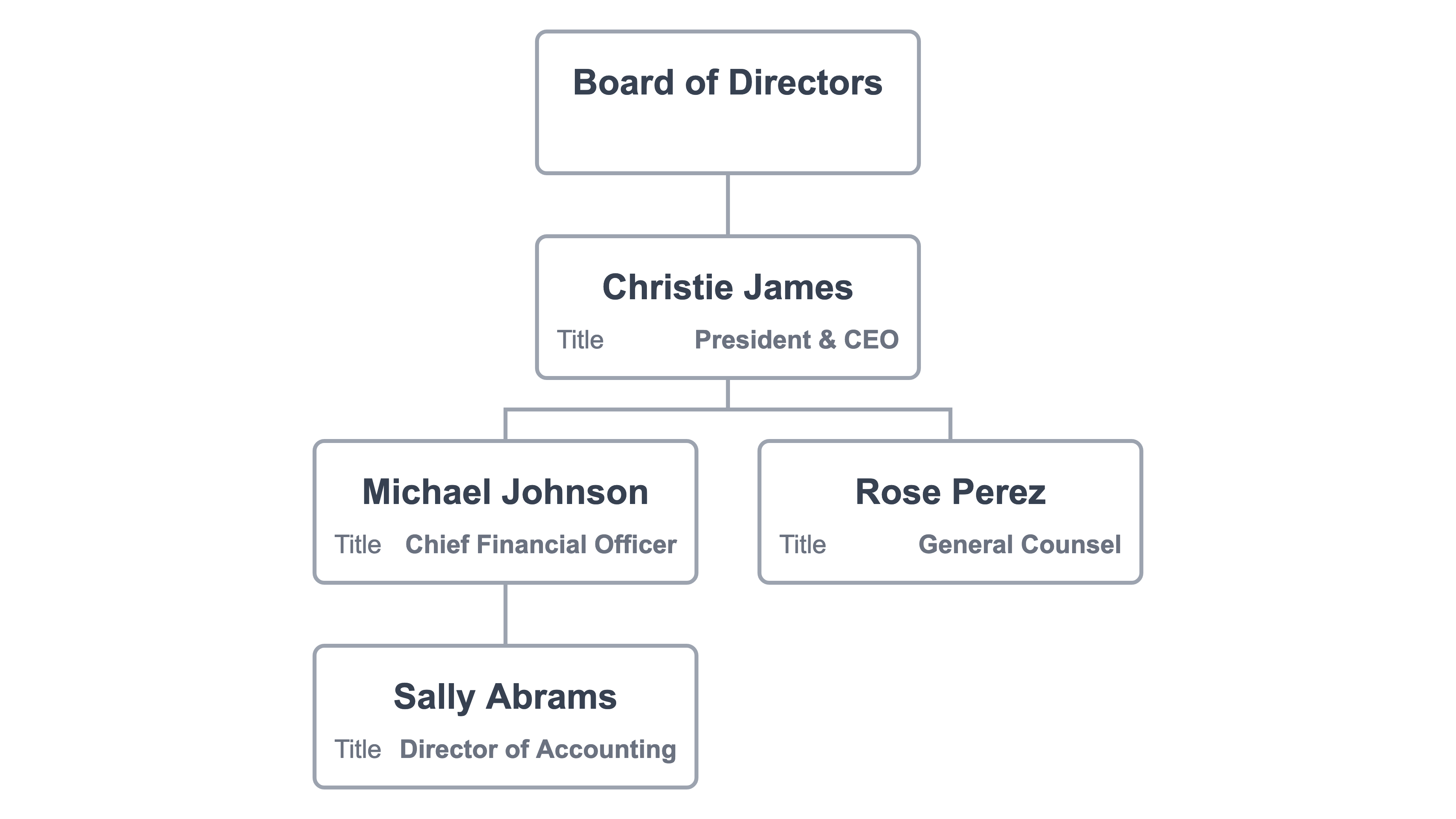
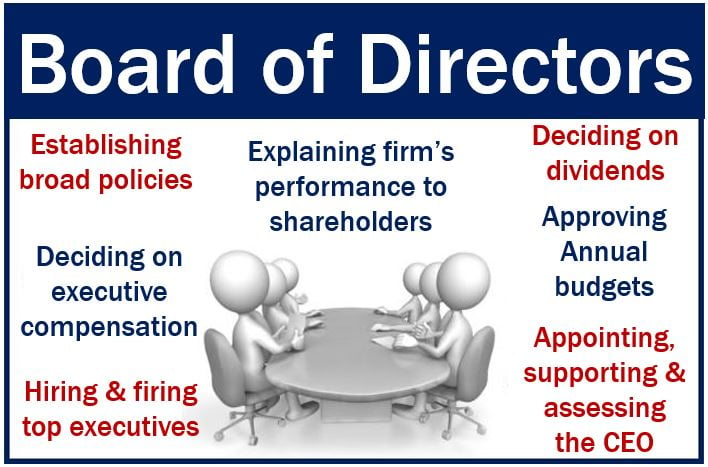
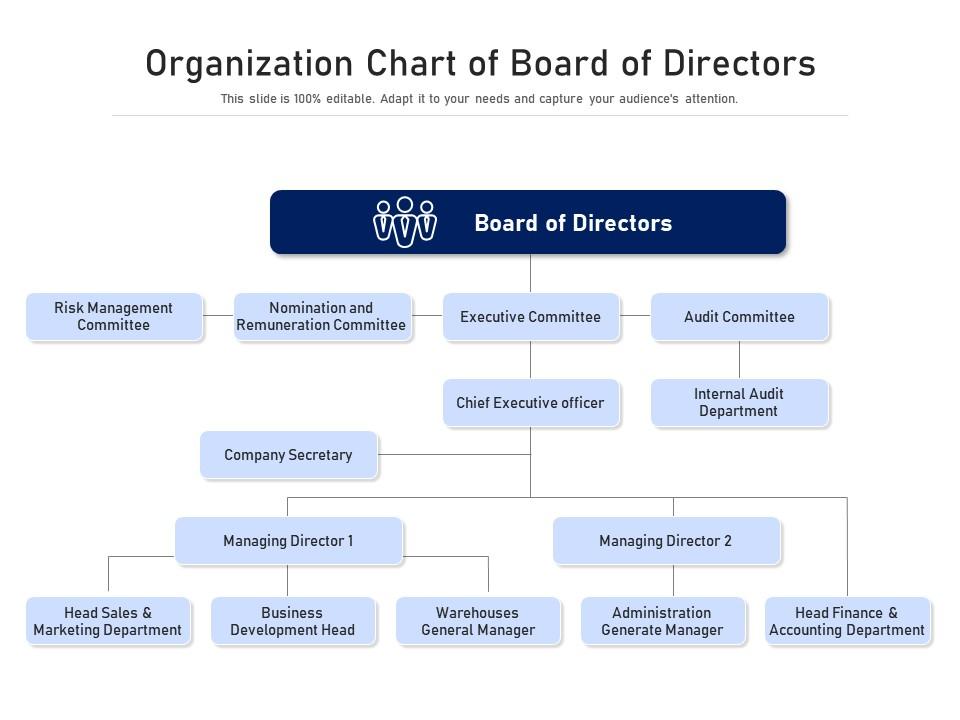
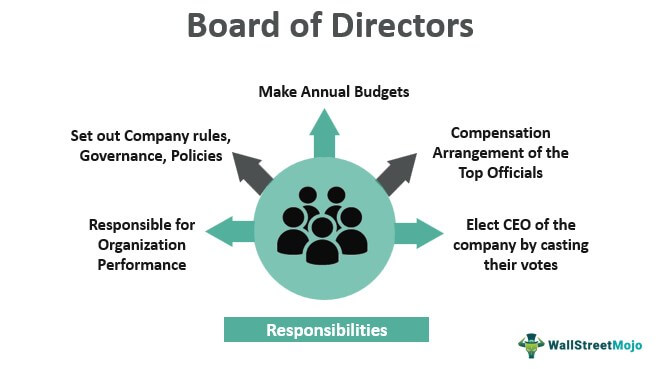
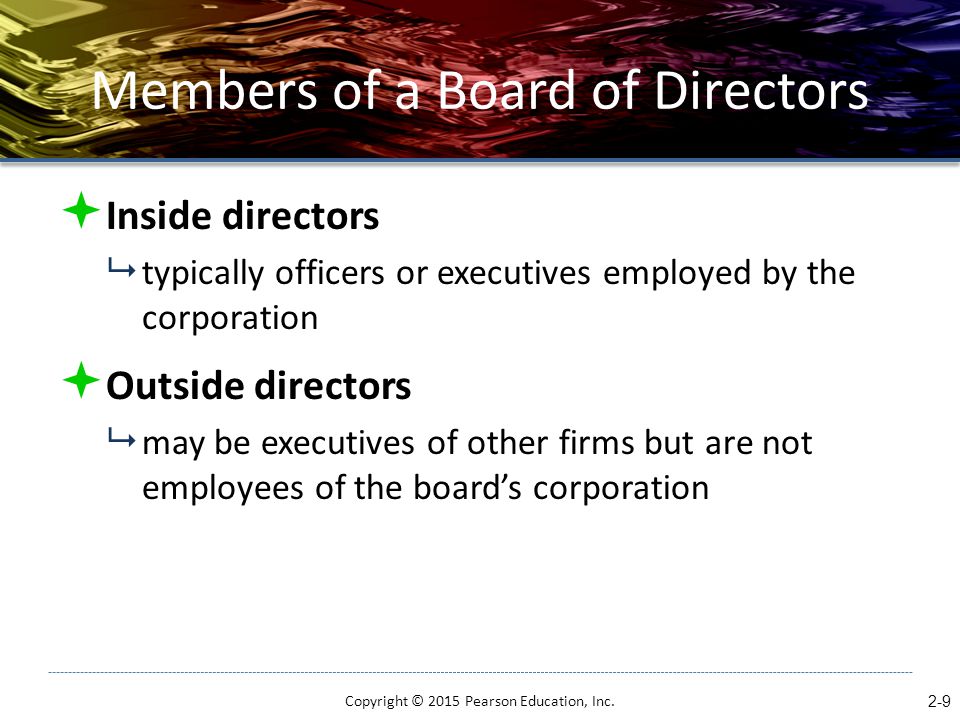
+–+The+top+administrator+or+manager+of+an+organization%3B+usually+reports+directly+to+the+board+of+directors..jpg)
